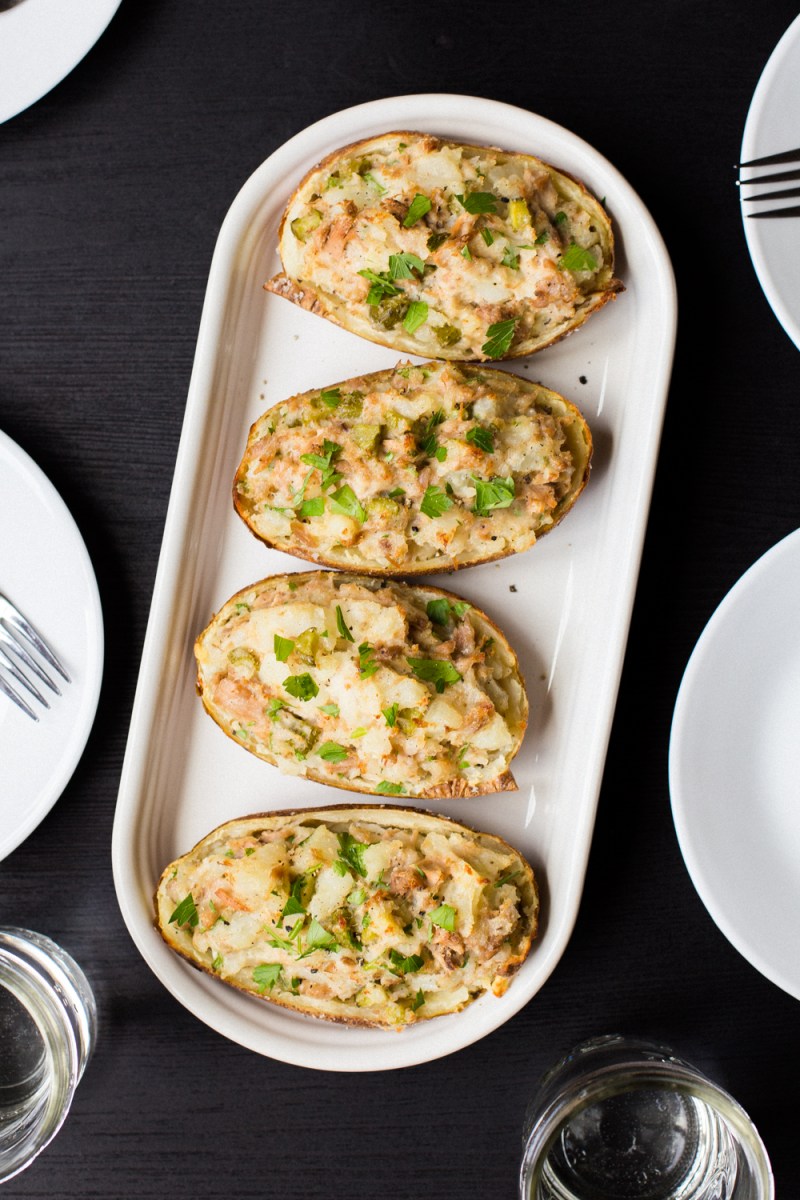
So, did you see the news? The Whole30 program now includes white potatoes. For those of you that aren’t familiar with Whole30, it is a 30-day eating program with a moderately strict interpretation of the Paleo template – no alcohol, sweeteners of any kind, or faux foods (like almond flour pancakes); in my cookbook, I reference it as “a tough-love plan to transform your diet.” It’s especially popular right around the New Year, as people look to clean up their eating habits.
Since its inception, the Whole30 has forbidden white potatoes, likely due to the fact that most potatoes are eaten in the form of chips or french fries. I have been an advocate for white potatoes since first changing my diet in 2010, after reading about the Perfect Health Diet. My inclusion of those little delicious tubers on this site has constantly confused readers who were introduced to Paleo through the Whole30 concept. So I’m happy to see that potatoes are gaining more acceptance as a whole food that has just as many nutrients as its favored cousin, the sweet potato.
White potatoes serve as an excellent example of mindful eating. They have a moderately high glycemic load, but studies have shown that it is greatly reduced when eaten with certain foods, especially fats and acids. So be sure to smother your baked potato with butter and sour cream. Also, the skin of white potatoes are high in glycoalkaloids, which can cause gastrointestinal irritation. This is a known issue – in fact, modern potatoes are much lower in glycoalkaloids than in earlier history, as farmers cultivated certain potatoes (especially the russet potato) to be more digestible.
Preparation of potatoes is also important; when compared to white bread, boiled potatoes are 323% more satisfying per calorie. Potato chips? Only 91% as satisfying. That’s why most people are able to easily eat three potatoes’ worth of potato chips, when they’d have a hard time eating three boiled potatoes in one sitting. So at our house, we typically only eat our potatoes boiled (and mashed) or baked. Or twice baked, like in today’s recipe.
